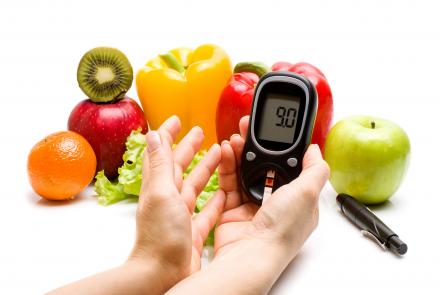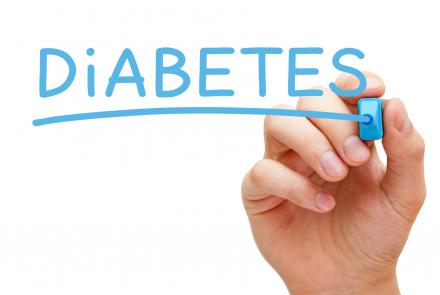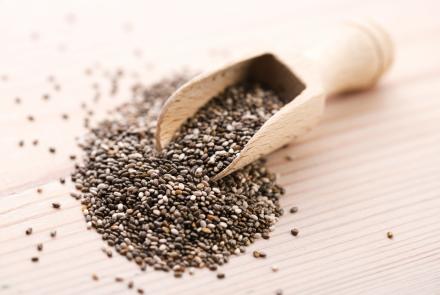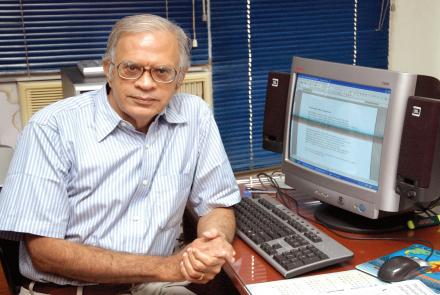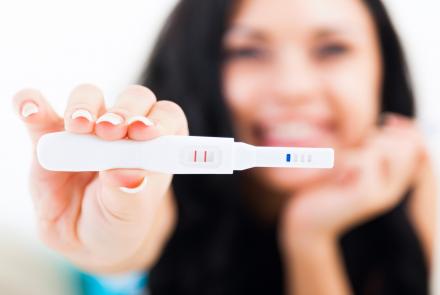
What is the impact of maternal obesity and gestational diabetes on neonatal adiposity and childhood obesity? Dr. Giridhara R Babu, the lead investigator of the study from the Public Health Foundation of India, Bangalore, helps explain the key findings of this study.
In India alone, 4.3 million pregnant women are found to be overweight or obese. Obesity is a public health concern for pregnant women. Obesity leads to complications during pregnancy and birth, including a high rate of C-sections, preterm delivery, and even fetal death. Also, it is a risk factor for Gestational Diabetes Mellitus (GDM), macrosomia (larger than the average weight of baby), and childhood adiposity. Adiposity is defined as significant deposits of fat around skin folds in all areas of the body. Childhood adiposity is, in turn, a risk factor for adult-onset obesity, hypertension, Diabetes Mellitus, and Cardiovascular diseases. The association between these factors was the core of a recent study undertaken by the Public Health Foundation of India (PHFI), Bangalore.
Between the periods of 2016 to 2019, 1020 pregnant women (within 36 gestational weeks) visiting 3 public urban hospitals were enrolled for this study. The women were assessed using the Edinburgh Postnatal Depression Scale. At the same time, physical activity was measured through a validated questionnaire that checked on exercise, hobbies, household chores, sedentary, and other everyday daily operations of the participant. The women were followed up until a week after the birth of their baby when the baby's measurements were taken to assess for macrosomia.
Of the total participants, 9.7% of women were found to be obese, and 16.4% were diagnosed with GDM. Among the neonates born during the cohort, 14.6% had adiposity. On following up, women with obesity and GDM delivered a larger proportion of babies with large birth weight (18.3% vs. 9.1%), head and chest size, and skinfold thickness compared to women without obesity or GDM (the control group).
Dr. Giridhara R Babu, the lead investigator of the study from the Indian Institute of Public Health, Bangalore, helps explain the key findings of this study.
1. Can you explain the independent effects of GDM and maternal obesity on neonatal adiposity?
The odds of having neonatal adiposity is 116% (twice) higher for children born to obese mothers (OR=2.16, 95% CI 1.46-3.18) as compared to mother. Similarly, the odds of having neonatal adiposity are 121% higher for children born to mothers with GDM compared to children born to non-GDM mothers, OR=2.21(95% CI1.38, 3.52). Independent effect means that GDM and maternal obesity, without the presence of each other, can result in adiposity in newborns in India.
2. Why has the role of maternal obesity and GDM not been studied in low and middle-income countries before?
Consideration of maternal obesity as an adverse risk factor during pregnancy has been less studied so far in low- and middle-income countries (LMICs). Few studies are examining the role of GDM; however, these studies focused either one of the burdens. The interaction between these two risk factors, especially the mediation role of GDM is not studied. In India, there is a greater focus on controlling anemia and undernutrition in women. The prevalence of obesity and diabetes are increasing in LMICs, such as India. As a result, the LMICs are burdened with the dual burden of undernutrition and overweight. Nearly 50% of pregnant women in India attend public hospitals and antenatal services. The women attending public hospitals are generally from the lower or middle class. As such, they were thought to be afflicted with undernutrition, and therefore, addressing obesity, and GDM screening in this population is not considered as a priority in LMICs. Our study informs the policy and public alike in prioritizing and addressing both these risks during antenatal period.
3. Does age of mother affect her chances of getting GDM? If so, can you explain how and why that is so?
There are high chances of being diagnosed with GDM as the age of the mother increases due to physiological variations. In our study, the age of the mother had a significant effect on the chances of being diagnosed with GDM. As age advances, the chances of being diagnosed with GDM are higher. However, the mean age of women with GDM in our cohort is 25.4 years, suggests that women attending public hospitals are affected at a relatively younger age.
As maternal age increases, the incidence of GDM can be due to declining ß – cell function.
(1) Carbohydrate intolerance can develop as a part of the aging process. This may be the consequence of insulin resistance caused by a post-receptor defect resulting in a reduced rate of peripheral glucose disposal. (1) Glucose tolerance is determined by a balance between insulin secretion and insulin action, and this deteriorates with age. Insulin resistance that develops with age may also be a consequence of increased adiposity.
4. As per your study, how did obesity affect the baby compared to GDM?
Our results strongly suggest that both maternal obesity and GDM are independently associated with adiposity in neonates. GDM is a stronger determinant of adiposity in neonates and mediates the effect of maternal obesity on neonatal adiposity.
5. In your opinion, why do multiparous women (bearing more than one child) have a higher incidence of obesity (70.7%) and GDM (63.5%)?
Parity and obesity are positively associated, as parity increases the odds of having obesity increases. It may be due to long-term weight gain, higher pre-pregnancy BMI, increase in age and physical inactivity.
6. How do you propose India to achieve universal screening for GDM?
Public hospitals cater to more than 50% of pregnant women and require a quick, reliable point of care diagnostic tests. As of now, the non-fasting criteria as the Glucose Challenge Test (GCT) can be considered as a superior choice over OGTT. However, this needs to be validated in the selected population. Women with high-risk factors like obesity and increased age, previous GDM history, family history of Diabetes Mellitus, history of stillbirth, abortion, macrosomia can be screened in the first trimester. Rest of the women who do not present any risk factors can be screened in the second trimester. Also, awareness regarding GDM must be created among healthcare professionals and pregnant women alike. Therefore, strict adherence to the screening and management guidelines of GDM by the Government of India should be followed by all the health care facilities in all the states. Training aspects should focus on considering these in a training module for the health care providers.

References:
1. “Acta Diabetologia”; Volume 41, November 4, Page(s); 154 – 157




